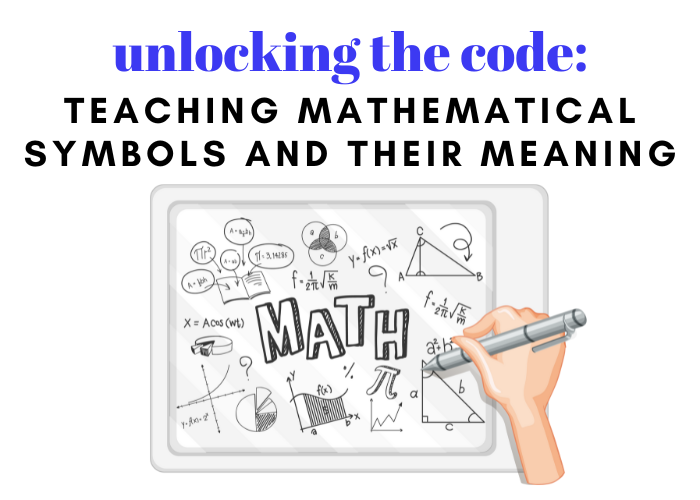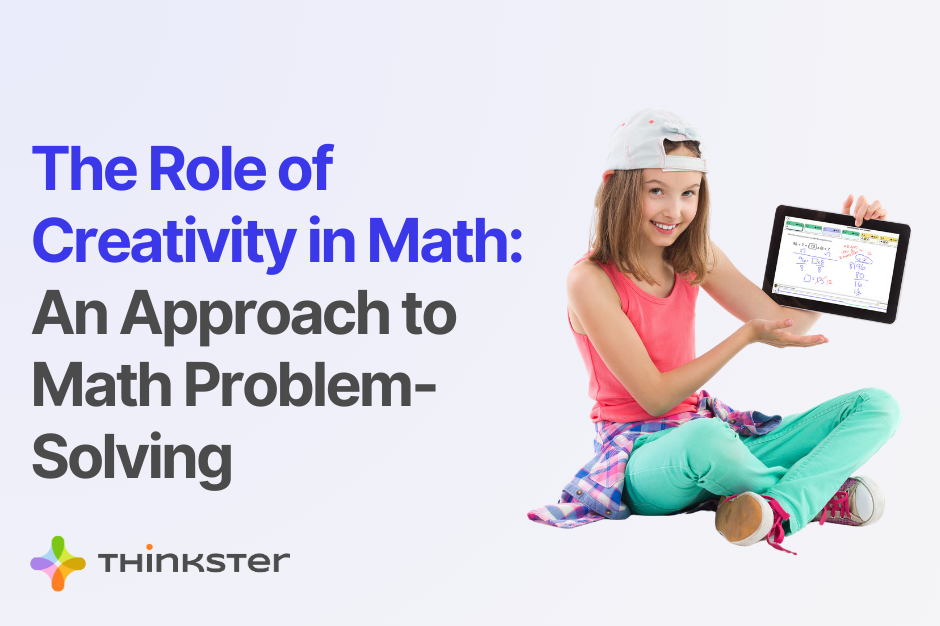
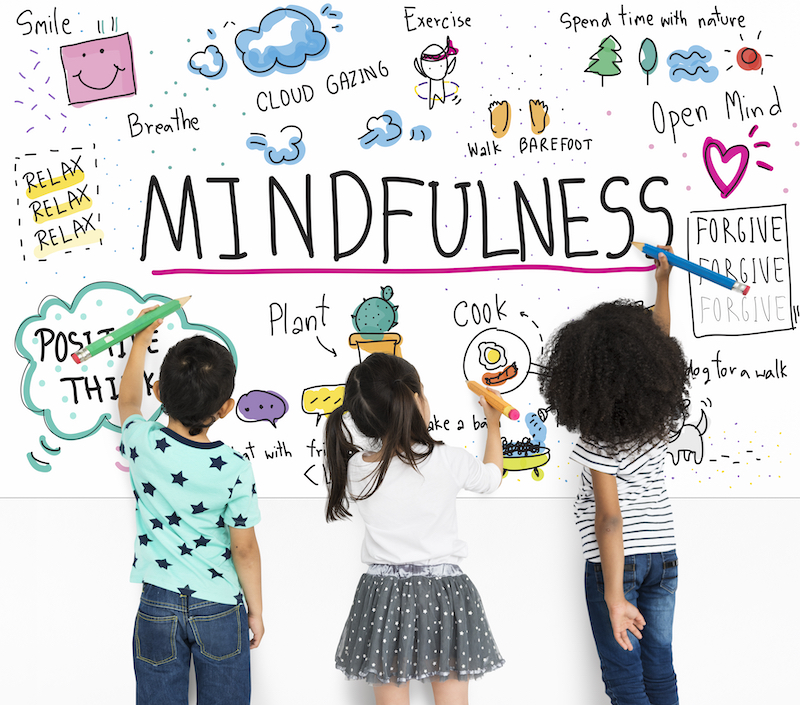
Last Updated on June 30, 2023 by user
Let’s talk about mindfulness for kids.
The mention of the word might conjure thoughts of some obscure or exotic wellness fad. But it’s a pretty simple concept, actually—one that’s all about our innate ability to remain open, aware, and fully present in the moment.
Sounds straightforward enough, right?
But considering the fact that we all live in a fast-paced society that promotes overstimulation, overscheduling, overworking, and constant distraction, practicing mindfulness is a lot more challenging than it seems.
Non-stop news cycles, increasing pressures at work, and the siren calls of social media keep us all plugged in and tuned up 24/7.
Large-scale events—like a global pandemic—don’t help either.
With so much coming at us so fast, our minds start to take flight and we lose sight of who we are, what we’re doing, and what matters most.
And that, dear reader, makes us anxious.
So anxious, in fact, that things start to slip. We miss deadlines. We lose sleep. We snap at our loved ones. And we obsess over those pesky, intrusive thoughts that prevent us from reaching our full potential.
It’s a vicious cycle—one that throws our minds and bodies all out of sync, resulting in a wide range of side effects:
Sadly, these traits have become widely accepted as normal or even necessary, and living in this state of constant imbalance is impacting our children.
Yes, they feel it, too.
In fact, 7.1% of children aged 3-17 years (roughly 4.4 million) have diagnosed anxiety, while 3.2% of children aged 3-17 years (about 1.9 million) have diagnosed depression.
And that’s just what’s been diagnosed.
Uncertainty. Loneliness. Grief.
These powerful emotions are all par for the course in the midst of a 24-hour news cycle that likes to keep us all good and afraid—and they’ve enveloped the lives of millions of children, young adults, and families around the world.
That’s why practicing mindfulness is so critical, particularly for our little ones.
But how? What do mindful behaviors even look like? And what are the best ways to explain this idea of mindfulness for kids?
Don’t worry. We’ve got you covered, and this guide will answer all your questions.
First, it’s important to fully understand how we define mindful behavior. It’s a bit more involved than just remembering to breathe. There’s a lot to consider here, so let’s talk about distinguishing mindfulness from mood-dependent impulsivity.
Mood-dependent behavior is a lot like impulsive decision making—when you act on a feeling or an urge without pausing to consider the consequences.
Like hitting send on a strongly worded text or email without thinking about the ripple effect. Or smashing the snooze button because you’re just too drained to pull yourself out of your morning funk.
Kids do stuff like this, too. They throw tantrums or slam doors. They might even yell, scream, and bite. Or shirk their chores or homework in favor of more enjoyable endeavors.
It’s not their fault, though. This behavior is reactionary, almost like a reflex that happens so fast they don’t have a choice. But later on, when certain moods and feelings have passed, guilt and shame about surrounding impulsive actions may start to settle in.
Here’s a few defining characteristics of mood-dependent behavior:
Mood-dependent behaviors may seem out of your control and difficult to change because of the powerful underlying emotions and negative thoughts driving them.
And you’re right. Some emotions are so overwhelming—especially for youngsters—that behaviors are particularly difficult to overcome.
You and your kids aren’t doomed to a life of engaging in mood-dependent behaviors, though.
Instead, you can learn to practice mindful, strategic behaviors that will help you manage your emotions and direct your actions toward meaningful goals.
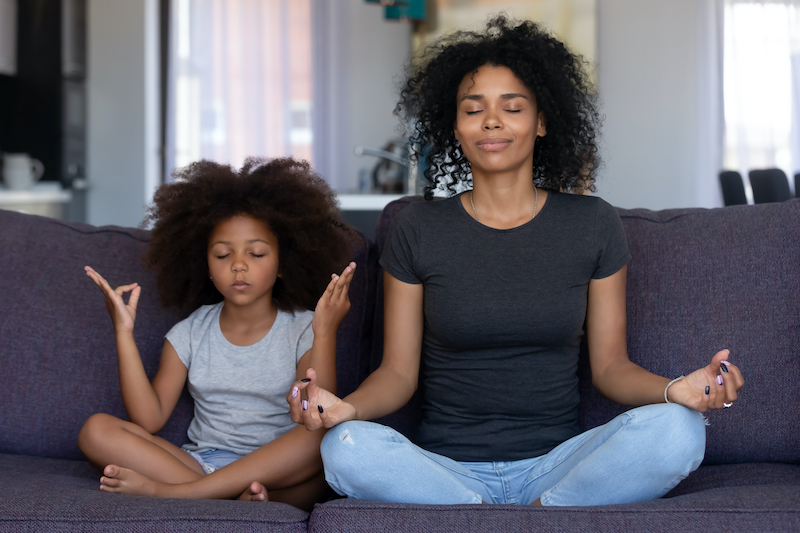
This is where greater awareness of your overall emotional and physical state comes into play. Where you move, speak, act, listen, and respond with specific intention.
Here are a few defining characteristics of mindful behavior:
Now for a quick experiment…
Stop and take a breath.
What did you notice? Did you breathe into your chest or your belly? Through your nose or through your mouth? Did you notice the air entering and exiting? Did you hear the sound the inhalation and exhalation made?
Stop and take another breath.
Be here now. Focus your attention on the present moment and listen to your body. What are you feeling? What is around you? What do you feel?
This is called being present.
And it’s all about taking the time to pause and ask yourself if one response over another will actually get you close to what you want.
In other words, how likely is it that you are going to regret your actions?
While the idea of living in the moment might sound super simple, consider how easy it is for a well-adjusted, successful adult to slip into the habit of engaging in mood-dependent behavior instead of mindful behavior.
Now think about how easy it is for kids—of all ages—to get steamrolled by their emotions.
Managing all those big feelings can be tough. Without a mindful shift in thought, a seemingly insignificant moment—like knocking over a glass of juice—can lead to a monumental meltdown.
We get it, though.
Intense feelings cloud judgment. And that’s why it’s important to help children learn to process those emotions while taking note of where the hurt, anger, frustration, or even immense joy might be coming from.
Did you know that we (humans) experience between 50 and 70 thousand thoughts per day? Pretty wild, right?
What’s even more mind-blowing, perhaps, is that people spend 46.9% of their waking hours thinking about something other than what they’re doing.
We listen to self-help books while going through the motions in the gym. We browse social media while we eat. We even plan out our weekends while we sit in meetings at work.
And while multi-tasking certainly has its benefits, it’s important that we don’t dismiss the value of being present—particularly for little ones.
Teaching mindfulness to kids can help shape three critical skills developed in early childhood:
These are executive functions and they are essential for more advanced tasks like planning, reasoning, problem-solving, and positive social relationships.
Studies also show that the benefits of mindfulness for kids may include increased focus and self-control, improved academic performance and ability to resolve conflict, and decreased levels of stress, depression, anxiety, and disruptive behavior.
However, without guidance, children might never learn how to fully embrace the practice of mindfulness.
And that can result in some serious consequences.
Anxiety manifests in interesting ways. And some theorists suggest that even just an hour a day staring at a screen can be enough to make children more likely to be anxious or depressed. This is concerning because most of us literally walk around with tiny screens in our pockets—and those screens get a lot of use.
We love our screens. And kids love them, too.
And while it’s completely normal for most kids to watch videos or play games on a phone or tablet, this could be making them less curious, less present, and less emotionally stable.
Left untreated, this emotional and physical detachment from the real world could result in generalized anxiety disorder.
Here are some common signs and symptoms associated with anxiety:
Note: According to The Journal of the American Academy of Pediatrics, children younger than 2 years old require a combination of social interaction with their caregivers and hands-on exploration to develop their cognitive, language, motor, and social-emotional skills.
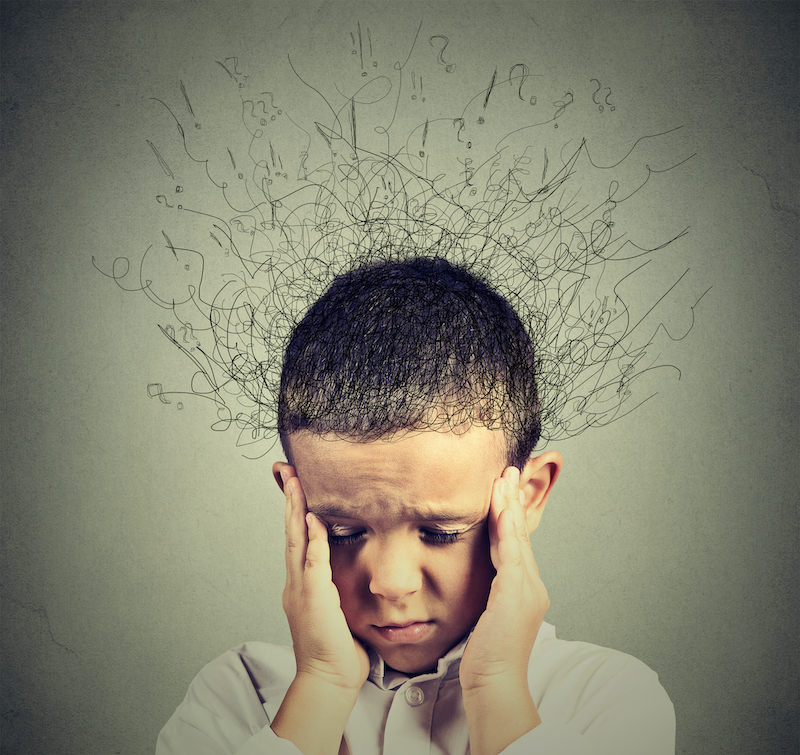
Studies have shown that confident kids experience tremendous benefits: Improved academic performance, less anxiety, and healthier relationships, just to name a few. But where does confidence come from, exactly?
Why do some people have it while others don’t?
For some, it’s an innate ability to recognize their best qualities: drive, wit, fortitude, resilience, just to name a few. Put all these together, and you’ve got yourself one incredible recipe for self-assurance. For others, it’s all about the inner perception of their ability to fulfill a particular job or role in society. And without a mindful approach to self-appraisal, that perception varies.
Regardless of its true source, self-confidence is an integral part of the equation of personal and professional success—and it comes easier for some than for others.
When children have enough awareness of their strengths, they reach entirely new levels of confidence. And that confidence comes from the freedom to tackle—and overcome—challenges all on their own.
And that teaches them independence.
Take all those opportunities away, and all children ever know is self-doubt.
One of the most common talking points—particularly as we’ve all been forced to re-evaluate the way we approach normal life in the midst of a global pandemic—is maintaining mindfulness in the face of adversity.
Mental health, in many ways, has been pushed to the forefront of our collective consciousness.
But a lot of the discussion here has focused on adults—not so much our children.
But they’ve had to make adjustments as well. So now is as good a time as any to start teaching mindfulness for kids, and how to practice mindful behaviors.
Here’s how:
We all have a tendency to take this general idea and elevate it, thrusting it into the realm of the cosmic. But mindfulness isn’t about candles or chants or mantras or special music. In its most basic form, it’s about being aware.
You can start explaining this by pointing out how there are times when your kids are already practicing mindful behavior—even if they don’t know it. Sometimes it’s as simple as lying in the grass, watching the clouds pass overhead as the wind skirts over their bodies.
Here’s a few tips to help simplify the process of teaching mindfulness for kids:
Gratitude is more than just saying thank you. It’s about appreciating all the things we have in life: friends, family, opportunity, freedom, and other basic necessities like food and running water. But children, as you’re well aware, often have their sights set on the next flashy toy, or whatever new trinket their playmates might have.
Teaching gratitude can often feel like the effort isn’t worth the reward. But despite the challenges you might face in helping kids feel grateful in a world that places incredible value on fancy cars, lavish clothes, and other needles bobbles, it can be worth the effort.
Researchers from UNC recommend that parents ask kids a series of questions to help foster a deeper understanding of gratitude—particularly after receiving a gift. Here are some questions that can help kids experience gratitude in more profound ways that go beyond a fleeting “thank you.”:

The most important and effective way to teach mindfulness for kids it to practice mindfulness yourself. Remember, your children look to you as an example, both consciously in what they see, and unconsciously.
Now, this doesn’t mean you have to be perfect. It just means you should strive to be aware. Always try to pay attention to what you’re thinking and doing, and how it affects your own mood and mindset. When you catch yourself thinking or acting in ways that aren’t beneficial to your well-being, acknowledge it and try to make a different choice.
Here are some questions of the many questions you can ask yourself regularly, until they become habit:
There are tons of questions you can add to this list. Practicing asking these questions on a regular basis can help you become more aware of what you’re thinking, feeling, and doing, until that awareness becomes second nature.
Be patient! It’s okay to “mess up”. It provides an opportunity to become aware and do better. The more you practice self-awareness in your own life, the more it will become present in the lives of your children as well.


